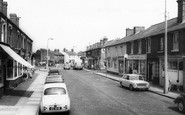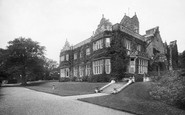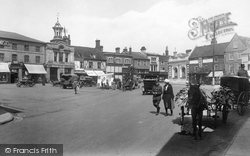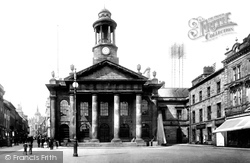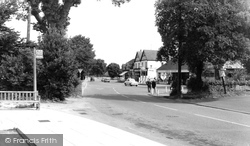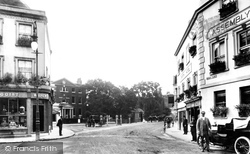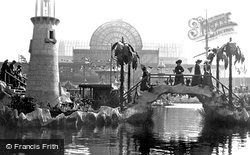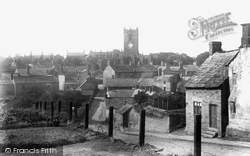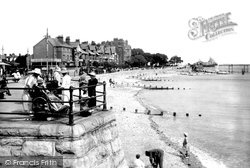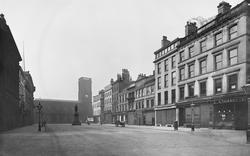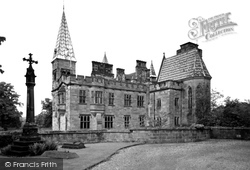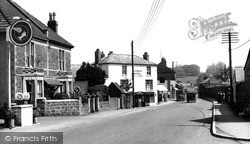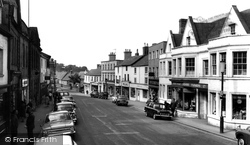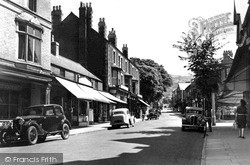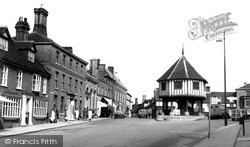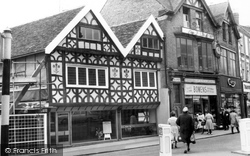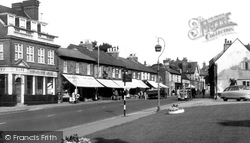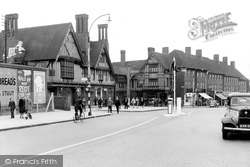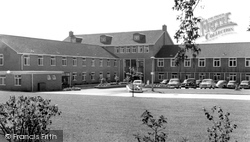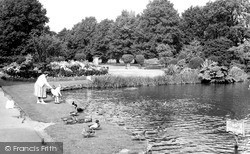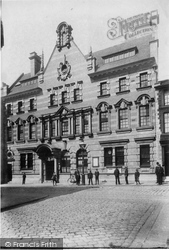Places
36 places found.
Those places high-lighted have photos. All locations may have maps, books and memories.
- Shanklin, Isle of Wight
- Ventnor, Isle of Wight
- Ryde, Isle of Wight
- Cowes, Isle of Wight
- Sandown, Isle of Wight
- Port of Ness, Western Isles
- London, Greater London
- Cambridge, Cambridgeshire
- Dublin, Republic of Ireland
- Killarney, Republic of Ireland
- Douglas, Isle of Man
- Plymouth, Devon
- Newport, Isle of Wight
- Southwold, Suffolk
- Bristol, Avon
- Lowestoft, Suffolk
- Cromer, Norfolk
- Edinburgh, Lothian
- Maldon, Essex
- Clacton-On-Sea, Essex
- Norwich, Norfolk
- Felixstowe, Suffolk
- Hitchin, Hertfordshire
- Stevenage, Hertfordshire
- Colchester, Essex
- Nottingham, Nottinghamshire
- Bedford, Bedfordshire
- Bury St Edmunds, Suffolk
- Aldeburgh, Suffolk
- St Albans, Hertfordshire
- Hunstanton, Norfolk
- Chelmsford, Essex
- Bishop's Stortford, Hertfordshire
- Peterborough, Cambridgeshire
- Brentwood, Essex
- Glengarriff, Republic of Ireland
Photos
9,106 photos found. Showing results 17,001 to 9,106.
Maps
181,006 maps found.
Books
11 books found. Showing results 20,401 to 11.
Memories
29,049 memories found. Showing results 8,501 to 8,510.
Escavating Eastham Dock
Lived in Eastham in late 40s and early 50s at Carlett Park (in the old army camp) during the digging of the dock and went to the village school. Had a lot of fun riding on the machinery when they were doing it. That was before ...Read more
A memory of Eastham in 1949 by
Summer Holidays
I remember in the 1950s my sister Annette and I used to spend some time on a farm owned by Mr Thomas Holgate who was a friend of the family and really enjoyed those times. The farm was called Townley House and my dad used to help ...Read more
A memory of Grindleton by
Where I Once Lived As A Young Boy
Lovely to find a photo of the road in which I lived as a young boy. I lived at the Fruit and Vegetable shop (owned by my Uncle Norman Evans) which stood on the corner of Cobden Street and Bridgnorth Road. It ...Read more
A memory of Wollaston by
Warnham Court School
My name is Steve Gill and I attended the Warnham Court School between 1962 and 1963 when I was 12 years old. I can remember the very long winter of 1963 and the amazing time everybody had sliding down the hill in ...Read more
A memory of Warnham Court School in 1963 by
Childhood
As a boy I thought my hometown of Frizington to be a wonderful place. We played football for hours on the Ball Alley or on the square. (Trafalgar Square) Also hours of fun "up the backs" The houses behind Nook St playing marbles. Sublime ...Read more
A memory of Frizington by
The Pictures And Being Young Stupid
Hi Keith, I had actually written to you two months ago, but they (the site) must have sensored my message because I had written my e-mail address. I had mentioned that when I told Ken (my brother and your fellow ...Read more
A memory of Croydon by
Ascent Of The Blorenge 1949
This picture reminds me of a photo my father took from the top of the Blorenge when we climbed it in August 1949. To start, we had to take the railway (closed in the 50's) to Gilwern or Govilon (I can't remember which!) ...Read more
A memory of Abergavenny in 1949 by
Living In Cefn Hengoed
The Kemp family lived in Cefn Hengoed from about 1920 to 1938, I was born there in my grand parents James and Rose Kemp’s house, No.64 Gelligaer Road in 1934. My memories of the village start from about 1937 I remember ...Read more
A memory of Cefn Hengoed in 1930 by
Evacuee
I was evacuated to Daglingworth in 1941 from London and was billeted at Warrens Gorse Cottages just outside the village with my younger brother and sister. We attended the village school which was run by Miss Bacon (a bit of a tartar) and ...Read more
A memory of Daglingworth in 1940 by
Oh Happy Days
I was born in Kilburn in Plympton Road on 2nd May 1928 and went to school at Christ Church School and then Salisbury Road School. What a lovely place Kilburn was in those days with the iron railings and gates on every ...Read more
A memory of Kilburn in 1920 by
Your search returned a large number of results. Please try to refine your search further.
Captions
29,158 captions found. Showing results 20,401 to 20,424.
By 1922, new businesses had taken over many of the premises in the Market Place. On the left are Timothy Whites and Taylor's, a chemist chain, then the Corn Exchange.
The strange pole erected on the roof is the local telephone system. In the early years, all subscribers had their own separate line from the switchboard to their home or business.
along the present B1514 road past the turning to Pepys House, the road forks at the roundabout where the main road runs eastwards towards the A14 and the left road takes us into the village of
The Norman church keeps the registers of Kingston, a village long lost due to coastal erosion. Highdown Hill, 269 feet high, was a Roman dwelling place and Saxon burial ground.
On our left as we approach Dorking from the north are the Stepping Stones. Contrary to belief, the much-photographed Stepping Stones are not that old.
The town of Kingston was awarded County Town status in 1893, which it retained even after becoming a London Borough in 1964.
After the Great Exhibition of 1851, the Crystal Palace was moved to Sydenham in south-east London, where it was filled with lavish displays.
Situated five miles north of Sheffield, the large parish of Ecclesfield was semi-industrialised by the late 18th century.
Its real name is Llandrillo-yn-Rhos, and the minute 6th-century St Trillo's chapel, built over a holy well, still stands on the promenade.
Originally this area was called Acres Field, and it was here that the Manchester Fair was held on the eve, day and morrow of St Matthew, September 20-22.
Perched high on its hill, Alton Castle dominates the area. The original castle is thought to have been built by Bertram de Verdun, who also founded the Cistercian abbey at Croxden.
The popular Century Cinema was built in 1937 on the corner of Kingsway Road and Station Way.
This slightly severe-looking three-storey mansion was built in 1767 on the site of a Benedictine priory, long ruinous and partly converted to a house around 1550.
Beyond the delivery van parked on the same side as The George Hotel stands a row of cottages once quaintly named Ship's Yud Row.
Looking down the High Street we can see Fosters Brothers (centre right) in a new building that replaced the Bear Hotel, one of Daventry's coaching inns.
Before the Chester to Holyhead railway opened in the 19th century, Prestatyn relied on agriculture and various mining and quarrying activities.
This pleasant market town sits on the road from Thetford to Norwich, and was once a resting place for pilgrims - it still has a Guild Chapel dedicated to St Thomas a Becket.
This lovely building is at the southern end of the High Street, in the former market place where the High Street meets Worcester Road and St John's Street.
On the left stands Barclays Bank. This was built around 1905 on the site of the London and South West Bank, which in turn had replaced a Tudor farm house.
Between the underground station and the parish church, this is a wonderful neo-Tudor pub of 1936 by A E Sewell; he also designed the Crown and Anchor in High Street, Chipping Barnet, and the Goat near
Here is a pauper asylum of gigantic proportions, built to house 1,000 patients and designed by S W Daukes in 1851.
As well as the usual statutory facilities, such as tennis courts and a football ground, there is an attractive series of lakes and ponds, as well as Broomfield House with its stableyard, an early 18th-century
During the 18th and 19th centuries, the coal industry dominated the area, and the Lambton family rose to prominence through wealth founded on coal.
This building exhibits all the usual features of a post office, including letter boxes, a clock and an information board giving details about collection times.
Places (6814)
Photos (9106)
Memories (29049)
Books (11)
Maps (181006)























